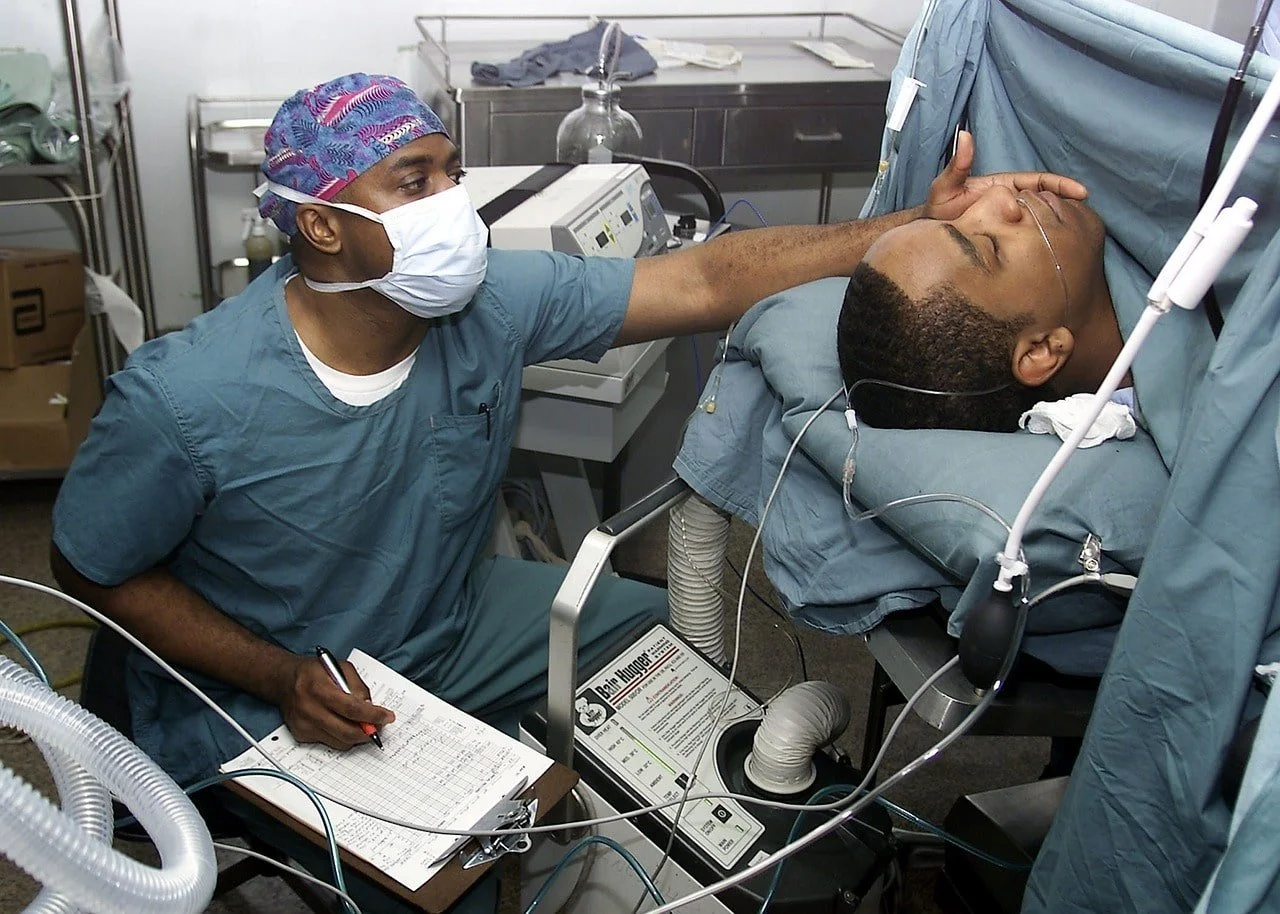Technically, everything on an existing CASPA application can be carried over to the next cycle besides your personal statement and letters of recommendation. This is great because you can familiarize yourself with CASPA and the many subsections of the application before the cycle you’ll be applying! The parts of CASPA that will be carried over include personal information, academic history, and supporting information. Since your existing CASPA account will not carry over the text written in the “essay” section, keep your personal statement saved on your computer in a word document or on a google doc. CASPA letters of recommendations need to be requested during the cycle you apply. This means you should not formally request letters of recommendation through CASPA until that cycle. You can, however, ask for letters of recommendation beforehand from whoever you choose to write them to give these people a heads up.
When the application cycle re-opens, you will be given the option to “Start reapplication.” Although you may not have applied the prior cycle, it will still say “reapplication.” If you click this, you can decide which sections you want to carry over to the next cycle. I recommend choosing every section and editing any existing information if needed. If you do not wish to carry any information over, you will just start over with a blank application.
Copying over an existing CASPA account can save you a lot of time and stress when applying. Use the months leading up to the application opening date of the cycle you’ll be applying in to start filling out the application at a comfortable pace. If you complete the application in increments, it will not feel as overwhelming as completing it all at one time. Once it’s time to apply, most of CASPA will be completed and you can focus on the parts that still need to be worked on or updated, such as adding any new classes you’ve completed, adding new experiences, and sending out letter of recommendation requests.
Just in case something goes wrong, and your application does not copy over, make sure to have your information backed up somewhere. I suggest saving all of your experiences, their descriptions, dates, number of hours, supervisor contact info, etc. on a google doc. This will assure you that all your info is saved and can easily be copied and pasted if needed!
The “experiences” section of CASPA is a main part of your application. This is where you list and describe all of your patient care, healthcare, shadowing, volunteering, leadership, extracurricular, research, employment, and teaching experiences. You are given 600 characters to describe and state your key responsibilities associated with the experience. This will only amount to a few sentences, so use them wisely! Start writing these experience descriptions early. It may take a few weeks to polish every description and make it the best it can be. I had 14 experiences listed in this section. I revised each description many times before coming up with the final version. I completed this before the CASPA cycle opened and all I had to do was copy and paste them into the application from a google doc. Because I had reviewed these 600-character paragraphs so many times, I felt extremely confident that they communicated each experience adequately.
Another time-consuming aspect of CASPA is the transcript entry section. In this section, you will enter every single class you’ve ever taken! You are required to enter all courses, including those that you withdrew from, repeat courses, online courses, lab courses, and every other type of course you’ve taken. This section will take a while and it is best to take your time to avoid making errors. Errors may delay your application verification after you submit it. Enter classes semester by semester, copying the class title, department prefixes and course numbers, credit amount, and the grade received from your official university transcript. This may include 130+ credits of courses! You should also enter in-progress courses and planned courses. This is important if you are applying to programs with prerequisite courses that you have not yet completed. This will show schools that you are either finishing up the course or will be taking it the following semester.
CASPA offers a transcript-entry service that will fill this information out for you for $69 for 1-3 transcripts, $95 for 4-6 transcripts, and $145 for 7 or more transcripts. Personally, I enjoyed going through this section and inputting the information myself. Reviewing and reflecting on every class I’ve taken that got me to that point made me proud, even though I have withdrawals and repeat courses on my transcript. If you start this section early, you should have plenty of time to enter your course information and quadruple check it all without feeling pressured to get it done quickly.
Making sure your CASPA application is perfect takes time! Submitting your application early during the cycle is key, so don’t wait until the last minute to start completing it. Work on your CASPA application in the months leading up to the cycle opening date and feel confident hitting that submit button!














Let’s dive into the specific surgical procedures that PAs can undertake while highlighting their collaborative nature within operating rooms. By shedding light on both the benefits and limitations associated with PAs in surgical settings, we hope to foster a deeper appreciation for their invaluable contribution to modern healthcare.